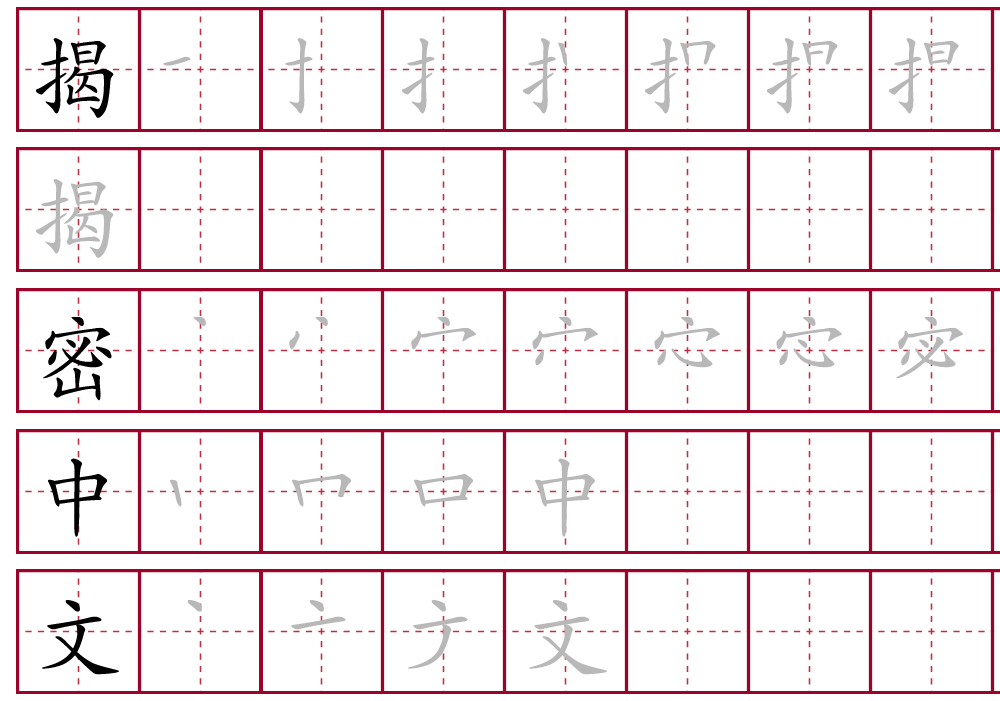
Middle stroke, then left portion, then right portion Square enclosure top first, next filling, last seal Note that these rules, or principles, are taken sequentially.įirst (three sided) enclosure, then filling They allow a uniform method for writers to reproduce characters, and this too is used across the CJK sphere. The order of the strokes are defined by a handful of rules.

Due to the fact that it is independent of the character's actual sound value or "reading", dialects of CJK languages can use stroke count with the radicals system very successfully. This is a very useful system, and has been adopted outside of China, with some modifications. It enables the user to look up characters even though they do not know the pronunciation of the character. In the KangXi dictionary, a set of 214 index glyphs (sometimes known as "radicals") are used to categorise characters accordeing to one of these radicals and then by the remaining number of strokes. Some dictionaries use stroke count and the initial stoke type. Knowing how many strokes a character has enables one to lookup in character dictionaries according the one of many systems. These are found across the Chinese-Japanese-Korean (so called CJK) spectrum. Recognising these basic stroke types enables you to count how many strokes there are in each character since each and every character will be composed by a set of these. In calligraphy, the art lies in varying the pressure of the pen-tip against the paper, achieving dynamic and aesthetic. For all intents and purposes, 32 is okay. Number 31 often occurs when using a brushpen, where the tip goes back slightly over the already made mark, lifting off the paper. The dot can be written both ways, depending on the type of instrument used. You will notice that the character in 31 and 32 are the same. In calligraphy, the art lies in varying the pressure of the pen-tip against the paper together with proportionality of the character, achieving dynamic and aesthetic penstrokes. This is achieved by pushing the pen down for heavy thick lines, and withdrawing the pen-tip away from the paper where the line goes narrower. You will notice the characters have different widths along the penstroke.

To make the penstroke, start where the green line begins, and follow the direction of the arrow, lifting the pentip off where the arrow ends.

For ease of reference, numerals in black are included. In the diagram below, the characters are outlined in white, whilst the type of penstroke to be drawn to attention is coloured in red. Then the rules and some points of interest are discussed. First, we shall see the types of penstrokes that are encountered. The order in which each penstroke is executed is quite important for composing characters. The aims of this page is to show some basics for writing Chinese characters. Writing Chinese Characters and finding penstroke count


 0 kommentar(er)
0 kommentar(er)
